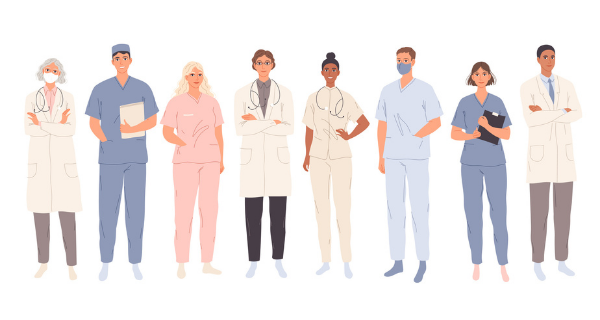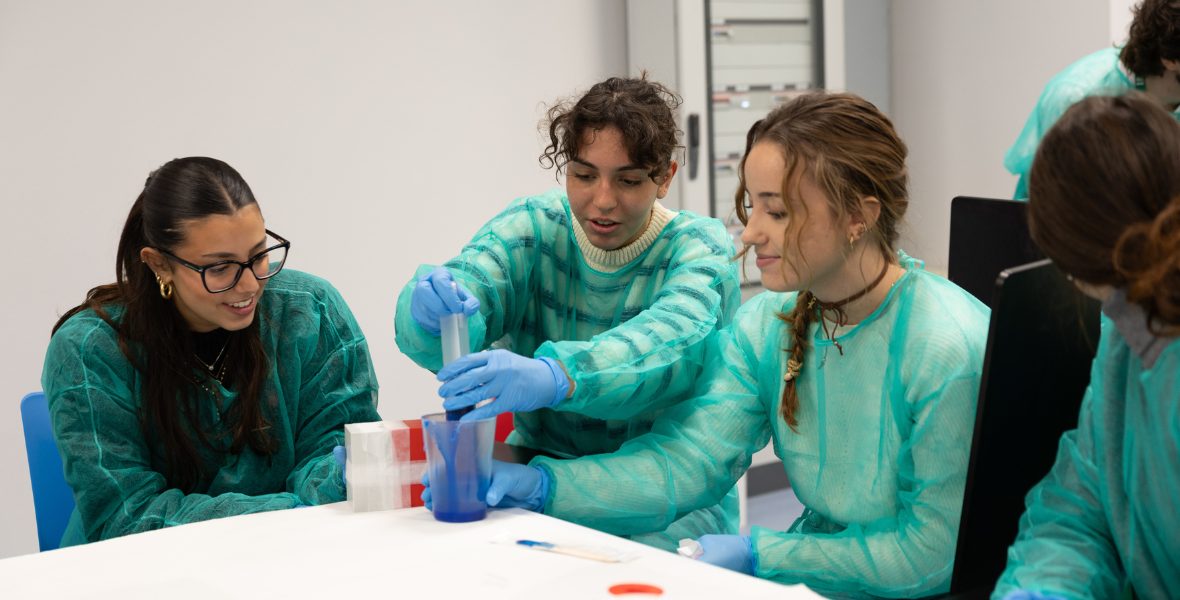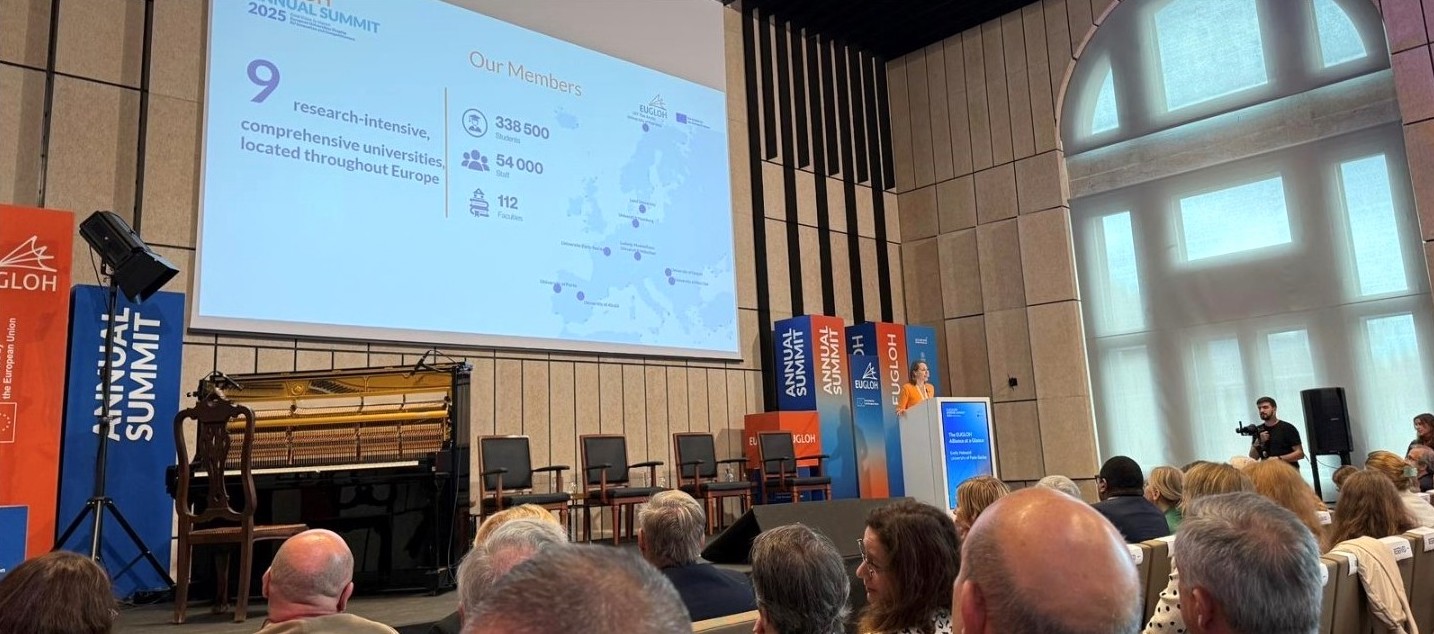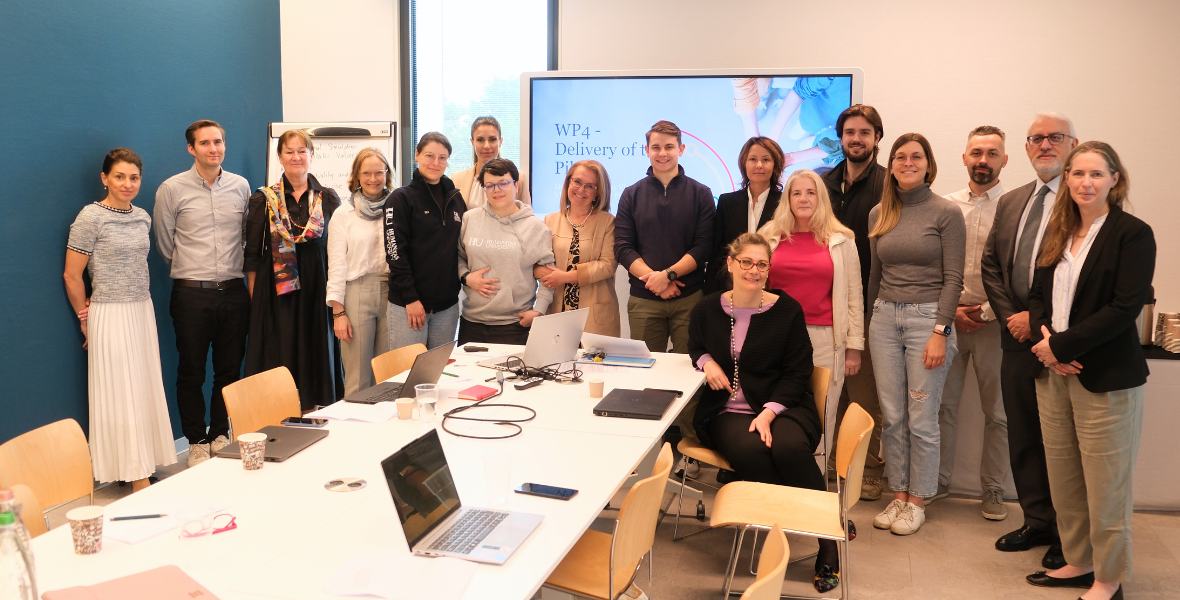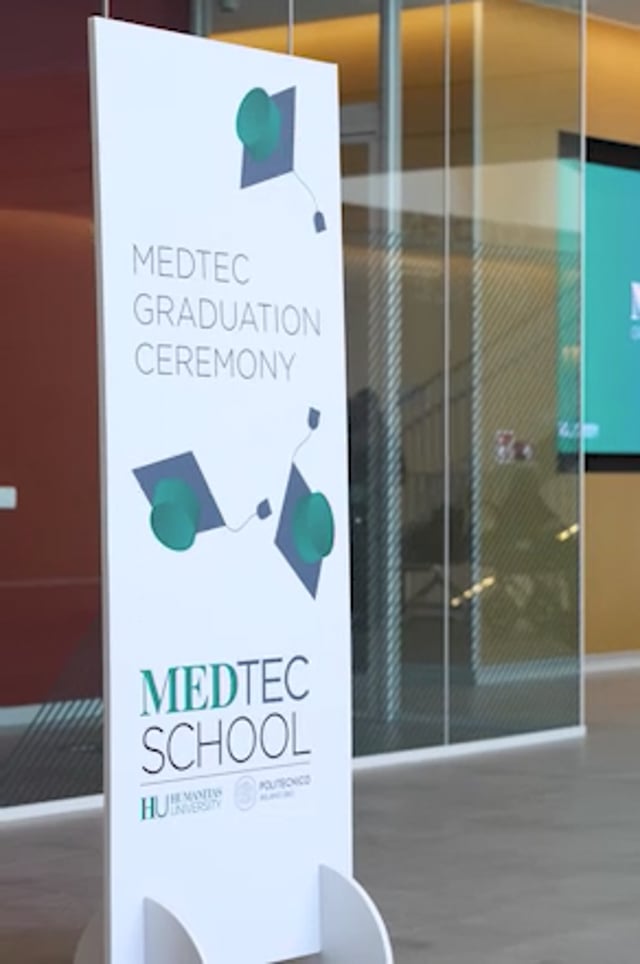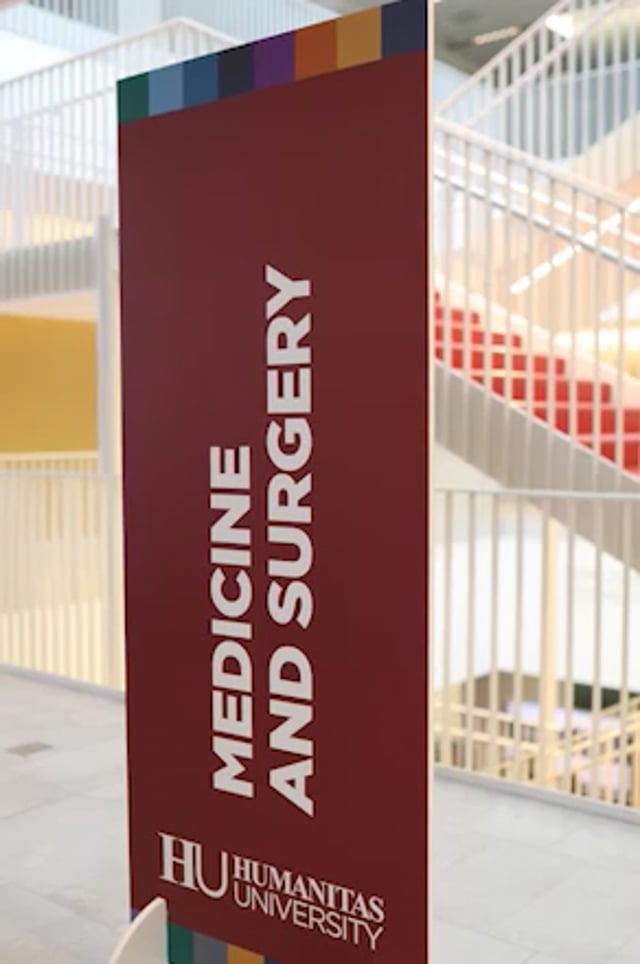It is suggested by some, that technology will replace doctors by up to 80% in the future. Although some disagree, those who disagree think that technology will finally let doctors focus on what they studied for in the first place, caring for patients and innovating the medical world. Every medical specialty is set to benefit from digital health, and some will even thrive with its innovations. We look at the top healthcare specialties with the largest potential benefits for future development throughout this article.
Digital health may already have made a large impact on how doctors work, but it matters an awful lot to the tasks that technology is allowed to take over. Doctors hate to do many of the monotonous and repetitive tasks, and digital solutions will let them perform them faster, cheaper, and better. These kinds of tasks usually require no empathy or creativity.
Some even suggest that the human touch is completely missing now, and that digital health should replace these responsibilities. However, healthcare isn’t always a linear approach and there is a larger need for the unique and creative problem-solving skills of a doctor now more than ever. These skills are something that no software or digital health solution will ever be able to replace.
The process of digital technology in medicine, overall, is much more complicated than simply saying that robotics and AI will take over tasks and jobs. Like all innovations, there will be aspects or tasks that will be more affected than others. Below are the medical specialties that will benefit the most from the digital revolution.
General practice
Making a long-term impact on a patient’s life is exactly why many doctors choose this specialty. It’s true what they say, GPs are rewarded with exceptional trust from their patients. However, only seeing someone when they feel sick makes it hard to ensure someone’s well-being and prevent diseases. It is even more difficult to do when the waiting room is overcrowded. GPs, in these cases, only have a few precious minutes to diagnose an illness, offer health advice, and create a therapy.
Wearable devices and sensors that can send data directly to a doctor’s smart device, informing them if any vital signs are playing up, will give them a lot of necessary information to provide better care. This will also allow doctors to effectively treat those that require expert attention. The simple provision of treatment advice sent remotely will become a possibility. And, in turn, it will allow the GP to have more time to treat and advise the patient. More trust will be built, which will help patients to act on the GP’s advice. Furthermore, GPs will be able to tap into expert advice on rare diseases associated with other medical specialties using these smart algorithms.
Medical chatbots and digital health assistants will also be able to ease a GPs burden. Patients could turn to chatbots in the future to seek answers for simpler health-related questions or to ask about certain drugs. The bots could even help manage patients’ administrative matters.
Radiology
Narrow AI and deep learning algorithms created a rush around the medical imaging field lately. News of Google’s DeepMind AI program, for example, outperforming radiologists in finding breast cancer sent a lot of people into a fright. They thought that radiologists would soon be replaced with AI. However, it is quite possible that AI will actually enhance their jobs, freeing them from repetitive and monotonous tasks. The future for radiologists will become far more than checking many many X-rays each day.
IBM, for example, released an algorithm named Medical Sieve. It is qualified to aid in clinical decision making in cardiology and radiology. It is able to scan thousands of radiology images in seconds. It can then effortlessly recognize an out of place or malignant phenomena, freeing up radiologists to deal with more complicated situations. Even though AI is unlikely to create preliminary radiology reports regarding its screenings, there is a chance that it will be able to do so in certain fields.
New digital health devices are also benefiting the radiology field. With hand-held, portable versions of these advancing technologies, sci-fi fantasies are a thing of the past. The Clarius Portable Ultrasound and the Philips Lumify are two excellent examples of ultrasound devices that are portable. Making the news recently was the world’s very first portable MRI scanner. So rather than being a panicked Radiologist, embrace the exciting times that these advancements are bringing.
Ophthalmology
There is a lot to look forward to in the field of ophthalmology and even Novartis and Google paused their contact lens project recently. This is a field where science fiction technologies will be brought to patients in the very close future.
Bionic eyes and retinal implants are already available on the market for patients who have lost their vision. 2015 saw the first bionic eye surgery completed on a pensioner to improve his vision, who had age-related age-related macular degeneration (AMD). And last year, partial restoration of six blind persons vision was restored thanks to a neural implant used in trials. Researchers in Spain were able to test another brain implant that will restore rudimentary vision with the use of toxic optic neuropathy.
Also showing promise in the field of ophthalmology is CRISPR. It has been reported that this method was used back in March 2020 to restore the vision of a person who had inherited a form of blindness. A conclusion to the operation will take months to arrive, but it is giving hope to many millions of people suffering from blindness.
In addition, apps and sensors are available inexpensively for smartphones. These apps use the camera within the phone to help to diagnose eye conditions, and are aiding those under-developed regions. Measuring the patient’s refractive status is the Personal Vision Tracker, which includes near-or-farsightedness and astigmatism. Another app called EyeQue Insight can determine visual acuity.
Sports medicine and rehabilitation
The very first activity trackers that became available on the market mainly focuses on those individuals who exercise regularly. But, only a basic insight into their performance was being given by these trackers. Today, a whole new generation of devices are available, tailored to professional athletes, such as the Polar H10, Wahoo, and the Fitbit Blaze. These devices provide a useful insight into the force output and movement patterns, something that sports scientists can use as excellent evidence to measure an athletes ongoing performance.
These trackers, eventually, will even be integrated into clothing. The “smart shirt” created by HexoSkin has embedded sensors that measure breathing, step count, pace, heart rate, and calories burned.
Wearables, in fact, are only the beginning. If we take a look at the exoskeletons, which are external skeleton-like devices that protect and support the body from the outside, these are taking the world by storm. The device helps to rehabilitate patients who have suffered stroke or spinal cord injuries. Paralyzed patients are now even able to control the exoskeletons using their brain, with the latest developments. The exoskeletons can be used to enhance strength too, so nurses, for example, can use them to lift elderly patients or they can be used by surgeons to help reduce fatigue.
Furthermore, Athletigen Technology Inc., a performance company based in Nova Scotia, works alongside many athletes and they aim to collect DNA information that will help to improve health, safety, and performance. The tests could also reveal useful insights, such as any increased risk of injury. These kinds of results will later help the athletes to adjust their nutrition and training plan accordingly.
Oncology
The oncology specialty is setting the stage for targeted treatments and precision medicine. Therapies are already customized for patients, based on their tumour’s molecular makeup and genetic background.
Measuring blood biomarkers and less expensive genome sequencing are making this process faster. Developing fluid biopsies are companies such as the Illumina spin-off venture, GRAIL. The blood tests they have developed will allow for the detection of all kinds of cancer at the very early stages. Doctors will soon be able to analyze and diagnose tumours early on and without expensive surgery by using these blood samples to filter the tumour cells.
IMB, Microsoft, and Google along with a number of start-ups, like Turbine, a company based in Hungary, are developing AI solutions which will personalize cancer treatments based on the patient or cancer type quicker than the usual service. IBM Watson Health’s AI is being used by the Mayo Clinic to create individualized treatment plans for cancer patients which will be more accurate and faster. Oncora Medical, a Philadelphia-based start-up, has created software which gives in-depth oncology output data which will help to improve operations and patient results.
Dermatology
Our skin can function as a litmus test for our own health. You can see the amount of stress, amount of sleep, and passing of time on it. A smartphone app is now offering skin assessments, so no need to physically go to a dermatologist anymore. Allowing users to keep track of suspicious moles is SkinVision, the app works remotely and a dermatologist will inform the patient when they should seek further, in-depth checks.
Idoc24 is another similar choice. This app lets users upload photos of lesions, rashes, or strange spots if they have concerns about them. They then receive online medical advice, a solution that is win-win for all involved. Dermatologists can handle these cases much faster and with ease, and patients’ no longer have to wait in a crowded waiting room for an appointment.
Dermatology can also take advantage of AI. The machine learning algorithm by IBM effectively achieved 76% accuracy when diagnosing melanoma, beating human dermatologists that achieve only 70.5% accuracy.
Furthermore, high-tech machines can also help to rescue! In 2017, Canfield Scientific, a company based in New Jersey, launched a whole-body skin lesion mapping system called Vectra WB360. The scan will take a whole 360-degree body scan and map and identify all skin lesions on the body. Mind-boggling!
Another area where improvements are being seen, is for patients who have permanent skin issues or have suffered burn injuries. The scientists at Rensselaer Polytechnic Institute created a system to 3D-print living skin, including blood vessels. This development will be a tremendous advancement for people suffering with burns or more discrete issues like pressure or diabetic ulcers.
Emergency Medicine
Situations occur when time is absolutely crucial, like in cases of medical emergencies or disasters. Urgent response is required, so any kind of advancement in this medical specialty that could decrease the response time so first responders can reach the scene faster would be so beneficial.
New technology for quicker response
Bringing excellent potential in the transport of vaccines, drugs, and medical aid quicker is medical drones. Already used in Rwanda, this great innovation saw Zipline deploy its medical drones to deliver medical aid.
Researches from the University of Toronto have been experimenting with the idea to automatically deliver automatic external defibrillators (AEDs), via drone, directly to patients who have just suffered a heart attack. Their inspiration was taken from the ambulance drones in the Netherlands. A test recently done in Stockholm saw AED-carrying drones give promising results. They arrived with patients in a quarter of the time it took the ambulance to get to the scene.
Moving the point-of-care to where it’s required
With sensors and devices being developed faster than ever, it will be much easier to access patients wherever they might be. In Washington DC, Cardiologist and digital health expert, Eric Topol, was flying home when a fellow passenger suffered from crippling chest pain. Topol grabbed his iPhone which was encased in an AliveCor FDA-approved cover and placed the case on the man’s heart. The tool was used to record his heart rate and ECG and this showed that the man was suffering a heart attack. The plane was able to make an emergency landing and the passenger survived. Portable devices like the AliveCor and Viatom Checkme Pro make patients the point-of-care. These portable devices allow physicians to carry medical-grade diagnostic tools around in their briefcases!
Driverless ambulances are also benefiting emergency medicine, where medical experts on board can focus solely on the patient. Some countries are already considering the idea as it would mean emergency services would have some relief from heavy loads. This innovation could eventually see cars turning into the point-of-care.
Gastroenterology
Gastroenterology is a field of healthcare that focuses on the digestive system and its issues, so seeing inside your belly is what helps the doctors in this field help you. It was only recently that it was quite circumstantial to search the stomach or the gastrointestinal tract, however, nanotechnology will assist with the future of this field.
It is already possible for a physician to look inside a patient’s GI tract, thanks to the innovation called PillCam. This capsule endoscopy has already helped over 1.5 million patients reap the benefits. PillCam allows physicians to visualize the esophagus, small bowel, and colon by using this tiny, disposable capsule. It is used to analyze and diagnose the GI tract without the need for sedation or invasive endoscopic procedures. We may see this practice being used in hospitals very soon.
New innovations like food scanners promise to enhance the gastroenterology field. Giving details about different foods will be tremendously useful to those patients suffering from dietary restrictions or food allergies. TellSpec, a Canadian company, is working to create a hand-held scanner that can tell users about the food’s ingredients and macronutrients, thanks to the AI-based food scrutiny engine. Another portable hand-held device on the market is Nima, a peanut and gluten sensor which is already working wonders for patients.
Surgery
The surgery of the future will inevitably become more robotic, data-driven and artificially intelligent. Digital health is giving exceptional collaboration between technology and humans, and it could see us taking surgeries to the next level of innovation with efficiency and precision never seen before.
Robots in the OR
Signs of how digital technologies are being implemented at the operating table are already apparent. The surgical robot industry is set to boom, according to analysis amongst the market. The da Vinci Surgical System, introduced 15 years ago, is one of the more commonly known. The system features tiny instruments which can rotate and bend further than a human hand, along with 3D HD vision to aid better insight. The robot is 100% controlled by the surgeon at all times, and he/she can carry out more intricate operations than ever before possible.
Other companies exist on the market too. The AXSIS robot, made by Cambridge Consultants, is aiming to overcome da Vinci’s limitations. And Google recently announced its partnership with Johnson & Johnson to invent a new surgical robot.
Augmented and wireless surgeries
The use of AR/VR within the operating room is becoming more frequent. Companies such as ImmersiveTouch and Osso VR give VR solutions to aid with surgeon training or to perfect their skills. These methods are being proved as better than the traditional training methods.
It is expected that 5G will also give rise to revolutionary changes in surgery. With the 5G networks providing a more stable connection thanks to the bigger bandwidth and speed, telesurgery will become far better. It was reported recently that 5G was used by Chinese scientists to operate on an animal. It has even been used to perform brain surgery on a patient over 1,800 miles away. The potentials are endless and this technology could see expert surgeons across the globe carrying out surgery anywhere.
For all of these reasons, surgeons must start to rethink their current methods to adapt to the future of medicine and digital technology.
Better Insight into Disease and More Time for Patients
In the coming years, more and more jobs will be taken over by robots. However, great new opportunities will also arise, especially in healthcare. Physicians will have more time for patients, and the opportunity to improve their existing skills, or acquire new ones. And there will be better insight into disease, something the entire world will be thankful for.
